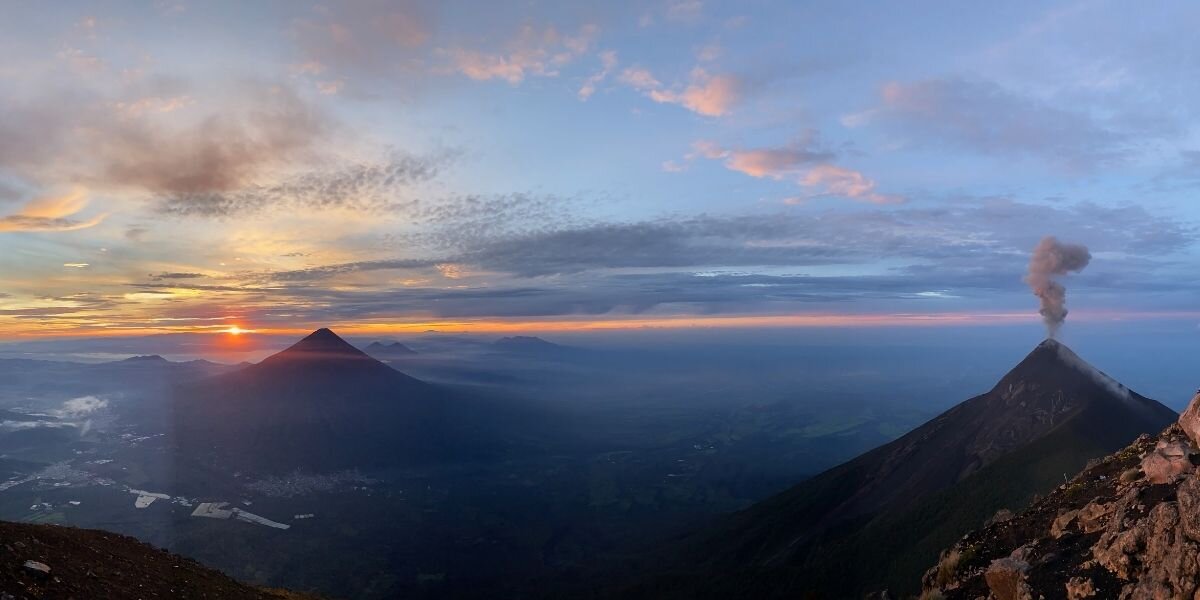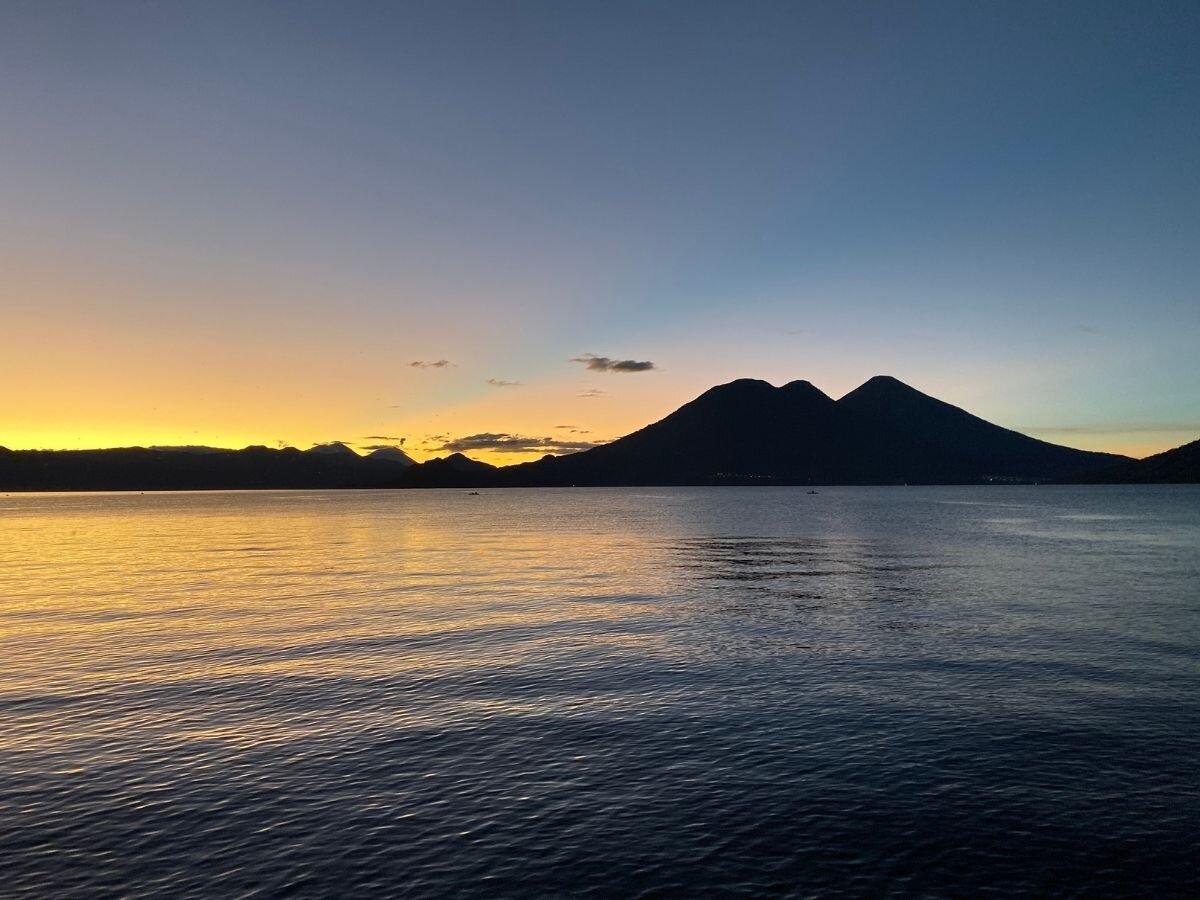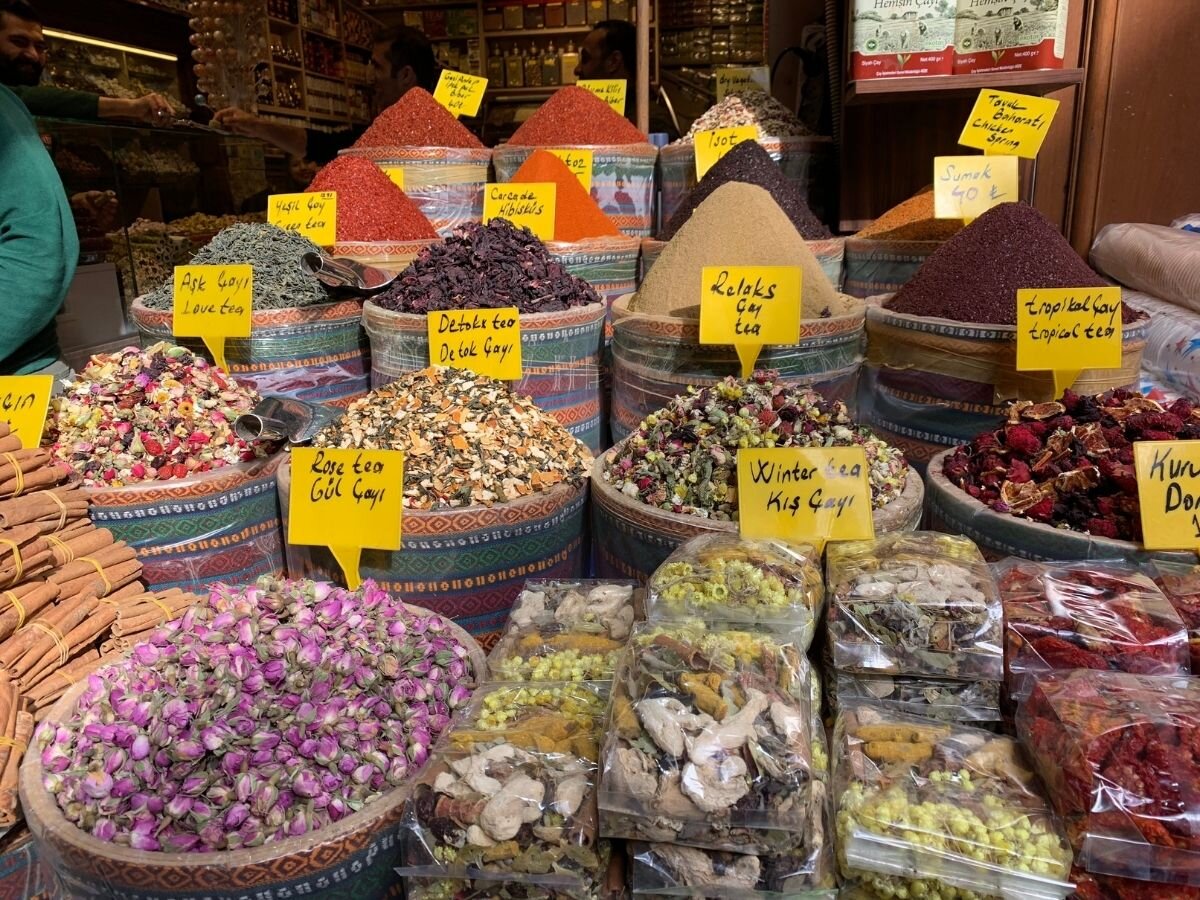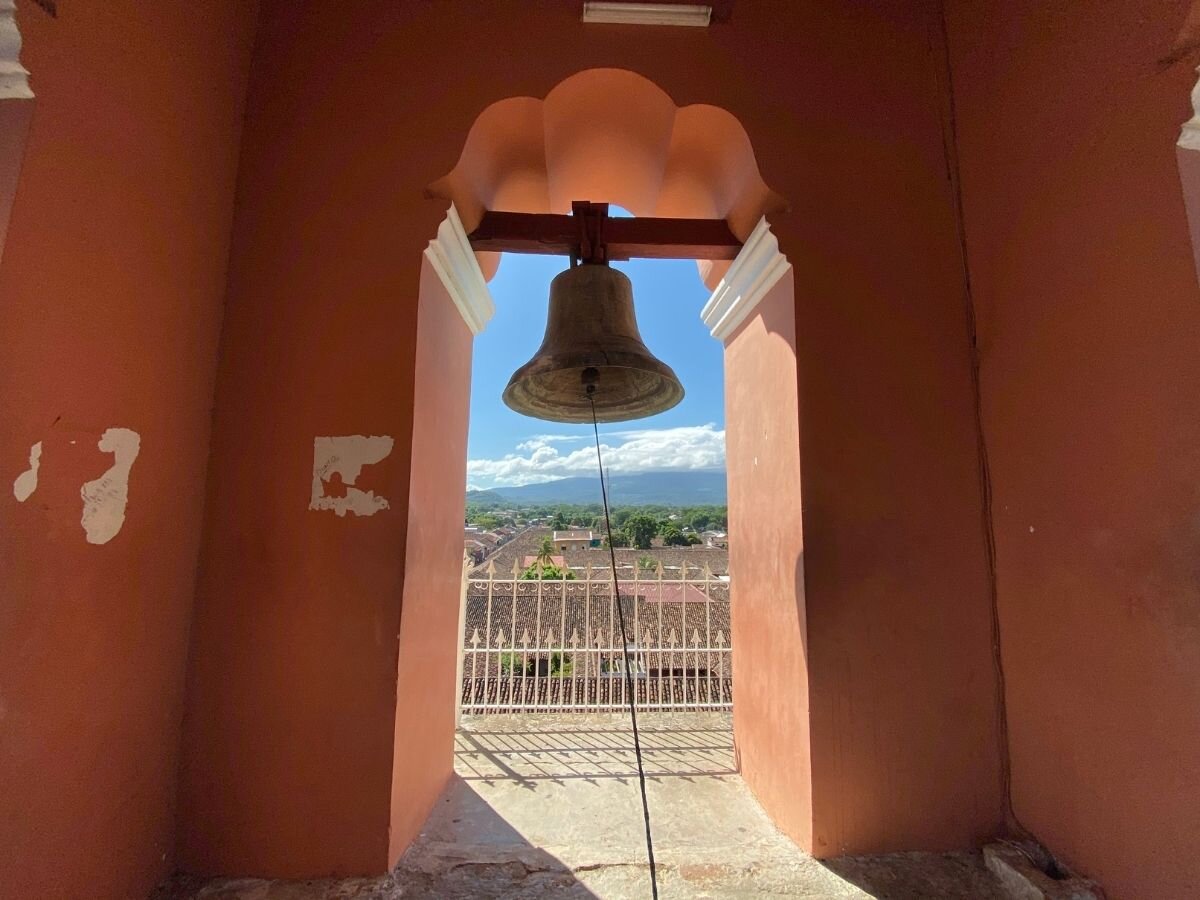Travel Tips for First-Time Backpackers
View from my first Icelandic nap after a brutal red-eye flight
Picture this—it’s December 2019, I’m sitting in a hospital bed in an American emergency room 3,000 miles from home, wincing as an IV drip gets lodged into my arm while I’m on the phone with Allianz Travel Insurance customer service. Some vague news story about a virus in a Chinese city I’ve never heard of plays out on the TV attached to the wall, but I’m too angry to pay attention because I’m on hold for the seventh time in forty-five minutes.
Finally a new voice answers and I perk up. “Thank you so much for your help,” I sweet-talk. “Maybe I can finally get a clear answer!”
I tell them what’s going on, that I’m in the ER with a parasite I caught while backpacking Central America, that I was out of the country for so long I don’t have any other form of health insurance, that the nurse is asking for billing information and I can’t figure out where to find it, and that they want to do a bunch of bloodwork but since I’m back in the U.S. I need to make sure that kind of thing is covered before they slap me with a million dollar bill.
Unbeknownst to me, I took this photo from the summit of an active volcano. One of many reasons to read the fine print.
“No problem!” they chirp. “I can definitely help you figure all that out. On what date did your travel start?”
“August 19, 2019.”
There’s a long pause as my customer service rep calculates a response. Then, a throat clears.
“Please submit your claim via the Allianz Global Assistance Travel Smart app and we will get back to you i—”
“IN 7-10 DAYS!!! I know! Am I speaking to a HUMAN??! Are you so afraid of deviating from Allianz protocol that you can’t just real-talk me for FIVE!? SECONDS?!?! Please just tell me if I can get this bloodwork done so I don’t DIE OF DYSENTERY AND LEAVE MY FAMILY WITH A MOUNTAIN OF DEBT!!!!!!!”
“Okay! I’m sorry. The maximum number of trip days covered is 45. You are not eligible for any coverage beyond that date.”
“But…I specifically got AllTrips Prime coverage because I travel ALL YEAR. What’s the point of ANNUAL PROTECTION if it doesn’t cover THAT?”
“Y-yes, I…I understand your confusion, but it clearly states in your policy that the per-trip limit is 45 days.”
“Oh. Okay. Well…your advertising is very misleading.”
“I will pass along that feedback.”
On my way to pay an American hospital $2000 to let me pee in a cup.
My eyes wandered to the tape across my veins as I threw my phone onto the bed, blood rushing to my cheeks as I realized in horror what a Boomeresque Millennial I’d become, screaming at an innocent, underpaid stranger who’d had the unfortunate timing of getting paired up with a self-proclaimed cheap travel “expert” who hadn’t bothered to read the fine print before spending hundreds of dollars on an insurance policy.
A humbling experience, but not a strange one, considering the last few years since upending my “normal” life in order to backpack around the world has been wrought with rookie mistakes.
So, without further ado, here is my ever-evolving, completely un-comprehensive guide for first-time travel, skewed in favor anyone who might either have their head in the clouds or so far up their American-Exceptionalist ass they’re at risk of making all the same mistakes I did. Hopefully when travel exists again one day, you’ll be such a pro it won’t even matter if you…you know…accidentally swallow a mouthful of contaminated lake water as you attempt to woo a French stranger into taking you on the rest of his pan-American motorcycle trip.
Ah, Lake Atitlán: majestic, serene, and teeming with parasites.
How Not to Get Screwed Over by Travel Insurance
The obvious one, right? Read the fine print. Do it. Even if it’s a thousand pages long, even if it’s mind-numbingly tedious, even if you got the recommendation from dozens of other travelers. Especially in a (hopefully post-)COVID world, you’ll want to know the details of cancellation policies, COVID-related medical benefits and exemptions, and all the little ways companies sneak complications into your policy, which they all do because it’s how they stay afloat in the capitalist hellscape.
Of course, you can always opt not to get travel insurance. I’ve done that many times and more often lost money because of it. Plans change, especially these days, so, while it’s doable—and maybe even the better option if you’re traveling without valuables and thrilled by the idea of flying by the seat of your pants—I don’t recommend tempting fate when there are so many reputable plans to choose from which can be easily tailored to your needs. This article by Money is a great resource for finding and comparing travel insurance policies in the age of coronavirus (and they also have this super useful breakdown of each U.S. airline’s COVID Summer 2020 policies for refunds, PPE, and in-person procedures, for those of you who’ve decided to wait this out in any of the small handful of countries where an American passport actually still has worth.)
The famous kite festival in Sumpango, Guatemala for El Día de Todos los Santos.
How to Get Inside the Country
This sounds like a far easier task than choosing one of a million insurance policies, but you’d be surprised at how much planning is often necessary for this, as you’ll see below (re: if—like me—you have no common sense):
When you get off the plane in a foreign country, you’ll need to follow the signs for Customs (or just follow the crowd). In countries that are part of the European Union (EU), you’ll get into the line for non-EU residents, which will typically be a much longer and much slower line. Keep this in mind if you’re staying in a hostel or Airbnb and the host asks for your arrival time.
(In the London Luton airport, I waited in line for three hours, from 1am-4am, and those who got pulled aside for further screening waited even longer. While that’s an extreme case, it’s not at all unheard of. But! I’ve never waited more than half an hour in any other customs line, even in airports like Paris and Istanbul with heightened security.)
PRO TIP: Pee right before the seatbelt sign comes on for the plane’s descent so you don’t end up behind hundreds of other people from your flight in the customs line! You really never know how long you’ll be stuck standing there.
How to Get Cash
If you can help it, don’t get cash out in the local currency until you’re out of the airport and (ideally) out of tourist centers. Research your bank’s policies and affiliations before you go, so you can potentially find ATMs which don’t charge an exorbitant transaction fee. The cheapest way around this is to find an American with Venmo or someone with PayPal who can get you cash from their local bank, otherwise expect to pay around $10 every time you use an ATM, unless your bank has a monthly transaction fee for unlimited withdrawals. You can opt to take out large amounts of cash at a time, but consider your location and prior experience with big cities and theft before you take that risk. Always use common sense when getting cash out. My rule of thumb is to find an ATM with moderate street traffic, so I’m neither all alone nor swamped by a crowd.
Oh, Iceland. Even your money is beautiful.
Before I left for a two-month-eleven-country trip, my paranoid stepfather handed me a $100 bill and said, “Keep this somewhere safe, far away from your wallet, and exchange it for the local currency as soon as you get to each new country.”
Well, I didn’t do the last part, because I assumed with all the different exchange rates I’d end up with a $5 bill at the end. But I did keep it with me, separate from my wallet and away from anything a pickpocket might swipe off me in a crowd or demand I give him in a dark alley. And had I needed my emergency funds at a time when banks were closed, I might have been screwed. But the peace of mind knowing I’ll never be absolutely broke and out of options has made all of my solo adventures so much more relaxed, especially in the hustle and bustle of places like Barcelona and Guatemala City.
My first solo adventure abroad…complete with money belt on the OUTSIDE OF MY SHIRT. (RIP Notre Dame)
And here’s a plus! A number of non-European countries actually use the US dollar as a main form of currency, and—even if you’re somewhere that doesn’t—you can usually find someone who will trade you in an urgent situation. You just might not get an ideal exchange rate.
For your wallet, I highly recommend something like this discreet money belt or this bra-attaching money pouch in tourist centers, especially if you aren’t used to living in a major city or you’re going to a place where you can’t hide the fact that you’re from another country.
It hasn’t happened to me yet, but I’ve met many backpackers who’ve been pickpocketed while traveling, several of whom were drunk, but just as many who were soberly wandering through densely populated areas like the infamous Champs Elysées and La Rambla.
How Not to Get Lost
My first few solo excursions often felt like standing on the edge of this bridge on the Río Tarcoles in Costa Rica.
Let’s break this down for those of you with no internal sense of space, time, direction, or logical consequence (me):
Let yourself wander and explore without more than a general direction and eventual destination (this way you also don’t look lost).
Give yourself plenty of time to get anywhere so you can do your best job of memorizing the map with lots of wiggle room.
Prioritize learning directions in the language of each country you visit. Learn common street signs and the basics of each city’s public transportation system before you go.
Google Earth search all the tricky train/bus stations ahead of time so you know what to look for when you get off the plane or need to make a transfer! Virtually exploring busy transit centers in advance has helped me so much with making tight connections and has alleviated tons of pre-trip anxiety.
Leaving for the airport on my second solo backpacking trip: older, wiser, and without a visible money belt.
If you do lose your way, pop into a cafe or other small shop to collect yourself and get back on track. Be prepared to pay for a coffee or snack to use their wifi. The few bucks you’ll spend will be worth not looking like a confused tourist/easy target.
ASK FOR HELP. Americans have been brainwashed into thinking we need to be afraid of strangers. Don’t throw caution to the wind, of course, but if you’re in a country where you speak enough of the language to get by, by all means use the resources right in front of you. Which brings me to…
How to Contact the Outside World
Connect with your cell phone provider well before you leave to figure out your options for international service and data. Some have (usually steep) international plans you can opt into (although I have Sprint and pay $0 extra for unlimited “data” anywhere in the world—the catch being that the service abroad is often just as bad if not worse than its already subpar service in the US), but you may decide the cheaper option is to get a sim card upon arrival to each country and swap it out for the duration of your stay.
Le Petit Prince festival in Antigua, Guatemala: After seeing so many people get pickpocketed in Europe, I may have been overly cautious here by keeping my phone and wallet in my bra at this wholesome family event.
If you’re country-hopping, a sim card might not be the most practical or affordable option, since most cell service companies charge an initial flat rate for a good amount of data with limited call and text options. The upside, however, is that these sim card shops have proliferated in major cities and small towns in recent years and require no more work on your part than a quick location search.
The vast majority of backpackers I’ve met abroad have simply kept their phones on airplane mode unless connected to wifi, and have the option to turn on their service for emergency situations. On my first trip overseas, I had AT&T, which charged $10 per day for international data usage. I ended up spending maybe $30-40 in those two months due to urgent information/communication needs, which was the same price I would have paid for a modest sim card plan. At least then I would have had more consistent access and convenience.
Most importantly, if you do go with the sim card option, make sure your phone is unlocked prior to your travels. Many phone companies don’t allow this unless the phone is paid in full, and if you do put in a new sim card before unlocking it, your phone will stop working completely. Not a great situation to find yourself in a brand new country.
PRO TIP: Research what kind of charger and/or adapter your particular phone needs for your trip instead of buying the cheapest adapter you can find on Amazon! Then maybe you won’t get stranded in a giant city where you speak three words of the language with a broken phone, miss your expensive train ride to another part of the country, have to pay triple the original cost to buy a same-day ticket, and spend the whole morning wandering around in the rain looking for an Apple store! Just a thought.
Istanbul’s Spice Bazaar: a pickpocket’s dream.
How Not to Get Robbed or Kidnapped
My favorite! Yes, of course, don’t share a taxi with anyone. In fact, for safety reasons, don’t even get a taxi. Get an Uber (or equivalent) or take public transportation. And if you want to be extra cautious, don’t do Uber Pool. And when your car arrives, always wait for them to say YOUR name before you get in the car. (Can you tell I’ve spent my entire life as a woman?)
And a far better choice: walk everywhere. How else will you really get to know and appreciate each city in such a limited amount of time, and get in enough activity to justify trying every decadent street specialty of the region?
Buzz kill: Even if you do everything right in an Uber transaction, your driver can still cancel your ride while you’re in the car and extort you, and there’s “nothing Uber can do about it” since they have no data of your ride. It’s unfortunately not that rare, according to all the travel Facebook groups I regularly peruse. I’ve also had Uber drivers not end the ride after I’ve been dropped off, and I’ve had to go through the annoying customer service process of getting the charges refunded. So, you know, just try to look poor (which may honestly be my superpower abroad, but more on that in a future post about Traveling While Brown).
Dressed like an obvious tourist in Versailles, made even worse by a Le Petit Prince tote.
Another tip: roughly memorize directions before you go outside, so you’re not glued to your phone in public. This will a) help you blend in and b) allow you to take in far more of the sights around you. Even when I lived in NYC this drastically reduced catcalling.
Download the maps for all the locations you’re going to visit ahead of time. I used the app MAPS.ME in Prague when I had zero cell service and it saved me from having to ask people for help late at night.
BLEND IN. If you’re American, chances are you’re going to scream tourist if you don’t take a few simple steps to avoid becoming a pickpocket’s dream. While I think some of these general guidelines are a bit extreme, you’ll find them all over the internet and (at the very least) they won’t hurt:
Don’t wear white socks.
Don’t wear workout clothes.
Don’t wear a fanny pack, however semi-trendy.
Speak with an indoor voice even when you’re outside (I know this one’s a mindfuck for most Americans).
For the love of God at least limit your number of selfies.
Leave your backpack LOCKED UP at your accommodation and carry a reusable grocery bag (I always bring the canvas kind) for NON-valuables you’ll want for the day, like a water bottle and jacket. This will make you look more like a local and less like an easy target to people who pray upon tourists.
I knew I’d come a long way from my baby backpacker days when I easily negotiated a lower price to climb the belfry of this cathedral in Granada, Nicaragua.
Walk with confidence at all times, even when you’re completely unsure of where and who you are (it’ll probably happen all at once).
Do research about safe and unsafe neighborhoods in advance. Many are perfectly safe during the day but are less safe at night, some are off-limits entirely, and some seem run-down but are perfectly fine. I will say that in the dozens of countries I’ve visited outside my own, I have never felt more unsafe than I’ve felt in the US. And the only time I really felt like I’d made a wrong turn at night, nothing sketchy actually happened to or in front of me. It was an infamous neighborhood in Athens, but I walked like I knew where I was going and exuded don’t fuck with me energy just like I would on any night in a city back home, and no one so much as gave me more than a second glance.
Sure, it looks beautiful, but keep your valuables close by while exploring Barcelona’s iconic cathedral, La Sagrada Família.
If you really need help, ask young people who are more likely to speak reliable English. I’ve had people unintentionally give me wrong directions because they mixed up left and right. Just make the same calls you’d make in your own country if you’re lost somewhere and need help from an actual human. As a woman, I always approach another woman if I have the option. And if you have to choose between a woman traveling with children or a woman who’s been side-eyeing your bag for the last five minutes at the metro station? Well, that’s up to you.
Trust your instincts. The US is far more dangerous than many other tourist destinations. Trust that you’re experienced enough and embrace the new opportunities for independence and bravery.
Remember that feeling safe or unsafe is not the same thing as being safe or unsafe. The best way to hone your instincts is to educate yourself. Crime stats, advice from locals, your own unchecked biases…examine all these things in order to truly understand your place in a foreign community.
In conclusion, just remember to be open and trust the process. It will be a steep learning curve filled with adventure and mistakes and beautiful experiences. Let yourself give into the spontaneity and discomfort. The worst of it will often bring the most laughter later on. You will discover so much about yourself and the world around you, so take those headphones out and soak it all in.















